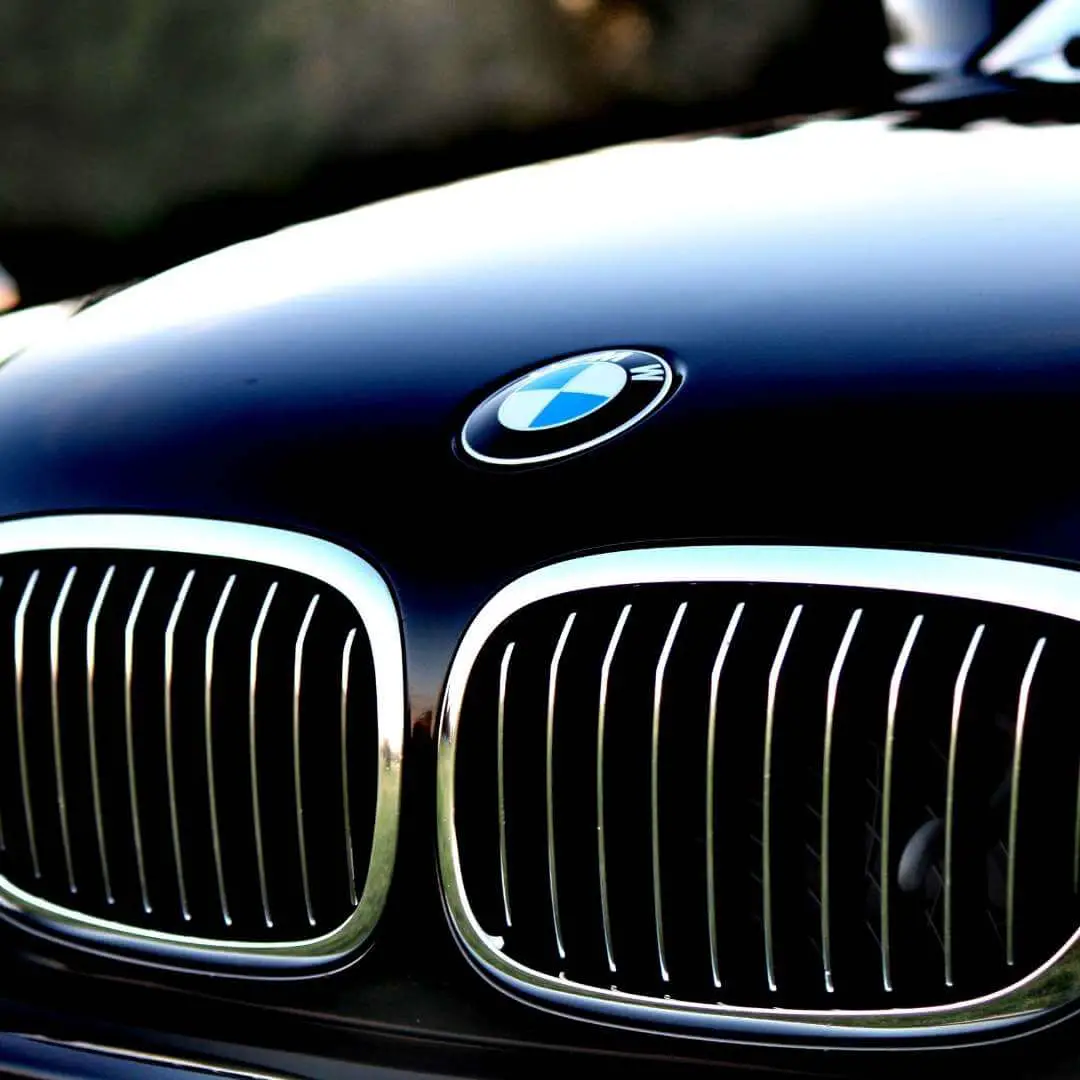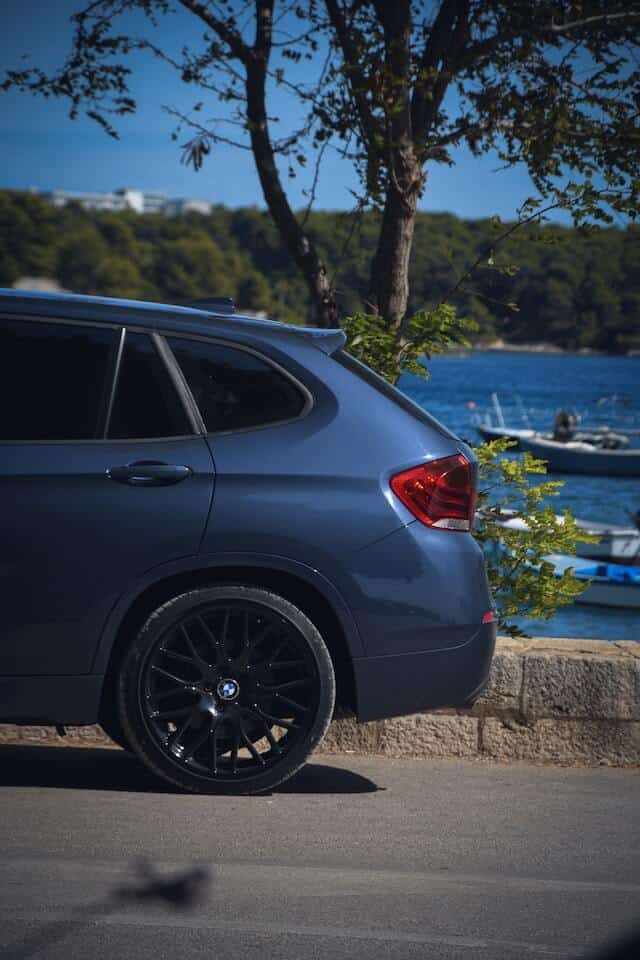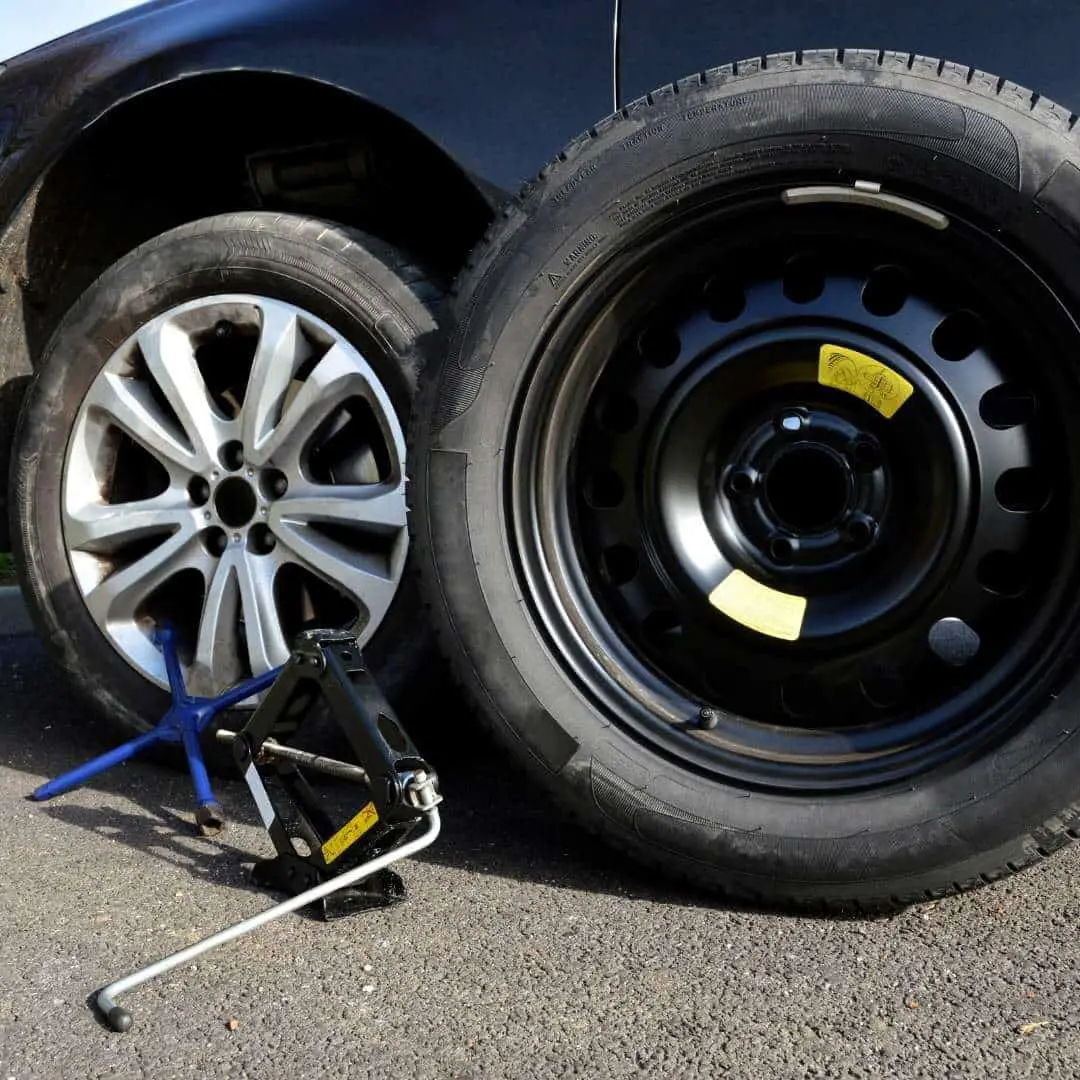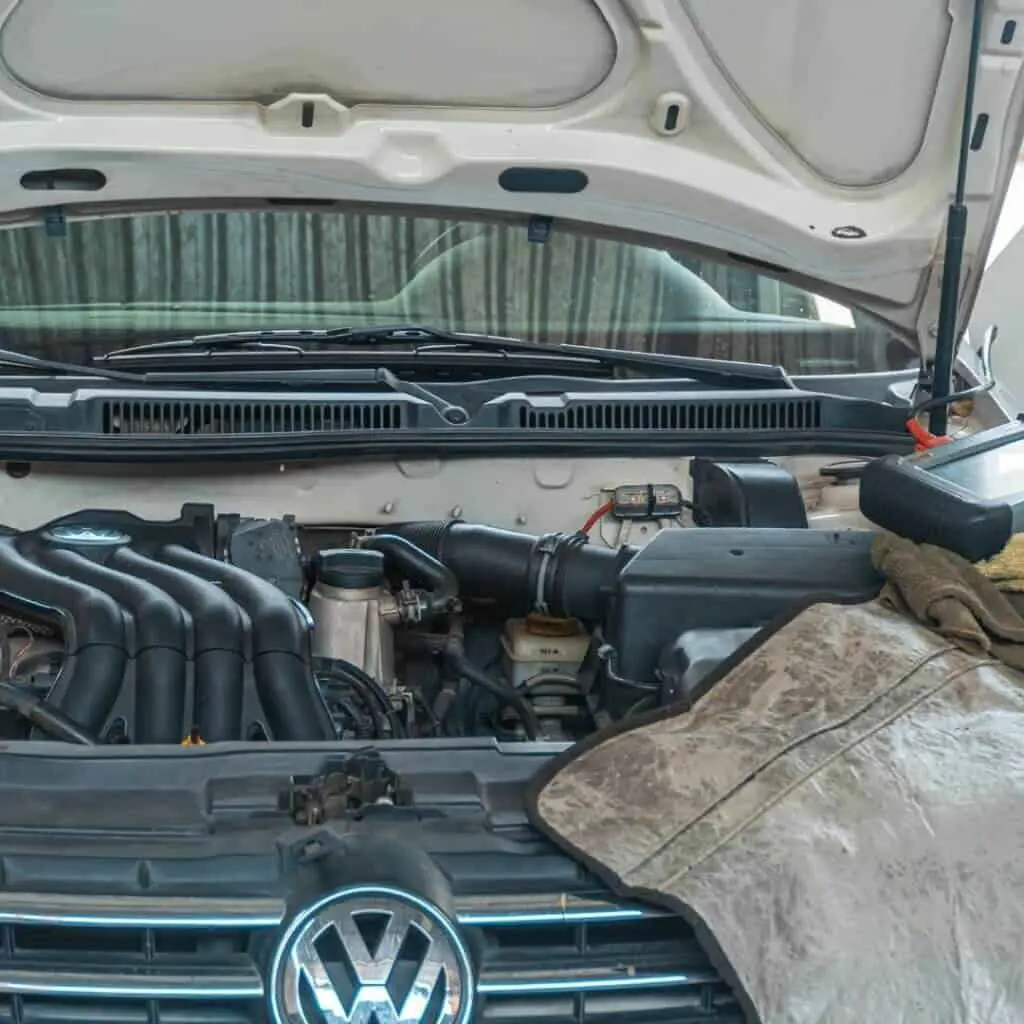Everyone has encountered a flat tire on the road at least once. With a spare tire, it was easy to fix the problem and get back to the road again. But, these days, many new cars do not have spare tires for multiple reasons. And that leads us to the question does BMWs have spare tires?
Well, it depends on the model that you have. So, let s find out more specifics on this topic.
Does BMW Have Spare Tires
BMW started to wind down spare tires back in 2003 in its 5-Series and Z4 models. In the next 3 to 5 years, every BMW model car did not have a spare tire.
Since spare tires are a crucial backup on the road, removing them, the company had to come up with a better solution. So, they outfit their cars with run-flat tires.
Why Do BMW Use Run Flat Tires

Firstly, BMW started using run-flat tires to save weight and complexity since they removed spare tires and the items accompanying them, saving the space required to store them.
The fuel economy increased since the cars were not as heavy as spare tires, and they got better gas mileage.
Also, the company claimed that changing the tire on the road was dangerous, so run-flat tires only contributed to the driver’s s safety. So how do run-flat tires contribute to a safer ride?
Well, when a run-flat tire punctures, you can continue to drive temporarily. Further, most car companies also removed spare tires to save more money.
When Did BMW Start Using Run Flat Tires

The first BMW model to feature run-flat tire technology was the 2000 BMW E52 Z8 in 2003. By the time 2006 came, almost all models had run-flat tires. However, buying a BMW with a spare tire is still possible, but you will have to consider older models on the car market.
BMW Spare Tire Location
When talking about older models of BMW, in most cases, they have a spare tire in the back of the car, under the trunk, in particular, under the lower mat of the trunk. Therefore, it is accessible either from inside the boot or from the outside but only by unscrewing the fasteners in the trunk.
Run Flat or Regular Tires
Interestingly, run flats were first used for armored and military purposes back in 1934. Nowadays, run flats are becoming increasingly popular in cars, especially brands like BMW and Mercedes.
The biggest advantage of run-flat tires is safety. They can provide constant driving and control in case of the loss of air pressure due to a puncture.
Almost all models produced after 2003 have Tire Pressure Monitors (TPM), which warn the driver that at least one or more tires have lost the required pressure, creating unsafe driving conditions.
But you have no reason to panic since run-flat tires are tires on which you can continue to drive even after a puncture. This is because the tire’s sidewall is strengthened to bear the weight of the car in the event of a sudden or gradual deflation.
Also, the tire has specialized beading to ensure it grips the wheel and does not disconnect easily from the rim. However, you can not drive on run flats like that for an unlimited time.
On the other hand, we have regular tires, which tend to be cheaper. Also, they provide a smoother and quieter ride than run-flat tires because of the stiff sidewalls on run-flats.
Moreover, regular tires can be repaired as a temporary solution, and they also have a longer tread life. On run flats, tire treads wear out sooner since they are made soft to reduce tire s weight. That is why car owners replace run flats 8,000 to 10,000 kilometers earlier than the regular tires.
Although riding on regular flat tires is out of the question, many people tend to ride like that to make it to the nearest service center to repair their tire. But, such driving can easily damage your wheel or even cause irreparable damage to the internal structure of the tire and its other parts, such as the steering.
If you ever decide to switch from run flats to regular tires, you should replace all four tires at once because mixing those two types of tires can outstandingly reduce vehicle stability and handling.
Run Flat Tires Pros & Cons
Run flats have certain benefits compared to regular tires:
- Safety: run-flats can stand blowouts, and you can safely drive to the nearest service to replace the tire
- Increased cargo space: since there is no spare tire, cargo space is much larger
- Better fuel economy: since the weight is reduced, the car has better fuel economy
- Reduced anxiety: no need to stress about changing the tire with a spare in the middle of the road
But there are several drawbacks too:
- Rougher ride because of the stiffer sidewalls
- Costlier than regular tires
- No spare if you damage your rim
- Shortened life span than regular tires
How Long Do BMW Run Flat Tires Last

On average run-flat tires can last for around 17,000 miles, or 6,000 miles less than regular tires. But, when a run-flat tire gets a puncture, you can drive it safely for as far as 50 miles at 50mph under regular conditions. But, of course, you should avoid sudden motions like sharp turns or hard braking.
BMW Run Flat Tires Replacement
Run flat tires should not be fixed. The vast majority of tire technicians will not want to repair it; instead, they will offer to replace it.
Why is that? Well, thanks to their strengthened design, it can be challenging to spot any secondary damage that has turned out as a result of a puncture. In simple words, any potential harm to the tire wall may be covered up by the added strength of the tire.
So, driving on run-flat tires with low or no air pressure can damage their internal structure, surrendering strength and durability.
Where To Buy Run Flat Tires For BMW
If you decide to purchase run-flat tires, you can do it at BMW Tire Centre or go to the Amazon site and find them there.
How Much Do BMW Run Flat Tires Cost
Generally, additional safety design costs more. Also, run-flats are less common than regular tires, which means fewer buying options. In addition, they use more rubber, which increases the tire manufacturer’s material cost.
So, run flats cost about $200-$500 per tire for a passenger car, or about 50-200 percent more than regular tires.
Tire Blowout Statistic in the U.S.
If you did not know, there is a tire puncture every seven seconds in the United States. Also, this covers many tire failures people experience on the road.
Additionally, this statistic adds up to about 220 million flat tires annually in the U.S. alone. Further, according to the National Transportation Safety Board, about 33 thousand accidents happen annually because of tires, and at least 2,000 of those are blowout-related.
In order to be safe on the road, you can get BMW Tire Damage Insurance towards the unpredicted cost of repair or replacement, despite your car’s age.
Read Next: BMW X3 Years To Avoid
The Verdict
To conclude, new BMW models do not have a spare tire, but you can still find older models with a spare. Since 2003 BMW cars have been outfitted with run-flat tires.
With this type of tire, you can continue to drive after a puncture for about 50 miles at 50mph. Run flats contribute to your safety on the road, save cargo space, and increase the fuel economy of your car.
On the other hand, regular tires are cheaper, provide a smoother and quieter ride, and can last longer. Every run flat must be replaced, while standard tires can be repaired.
In order to not worry about your safety, you can get tire damage insurance.
Read Next: BMW X5 Problems





